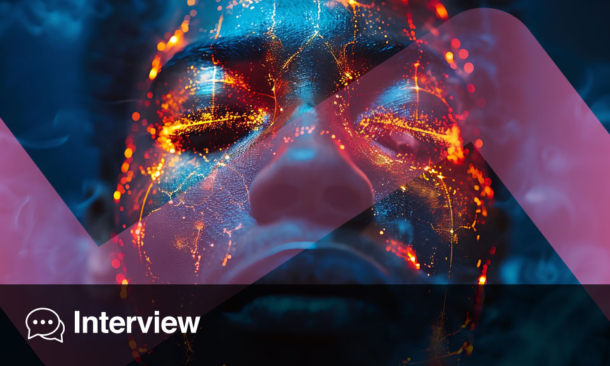AN EXPERIMENTAL drug that has the ability to exploit the ‘Achilles heel’ of neuroblastoma has been identified by a team of Children’s Cancer Institute researchers in Australia. The drug, known as CBL0137, targets a critical molecular feedback loop that helps initiate and drive the development of neuroblastoma.
A key driver of neuroblastoma is the MYCN gene, which directs the division and migration of primitive nerve cells in the embryo during development of the sympathetic nervous system. MYCN is then switched off and excess cells die before birth. Neuroblastoma arises in children when the MYCN gene is not switched off and cells continue to divide and proliferate following birth. The research team have been focussing on a molecular feedback loop in neuroblastoma cells involving the MYCN gene and FACT, a DNA-modifying agent which significantly accelerates cancer development; FACT upregulates expression of the MYCNgene and prolongs the life of the MYCN protein. Meanwhile, MYCN increases FACT production, which in turn drives MYCN levels even higher. It has been shown that maintenance of high MYCN protein levels is a key issue in this type of cancer.
CBL0137 is thought to have the potential to halt tumour progression or even prevent initiation of neuroblastoma by targeting this feedback loop. The research team focussed on the therapeutic potential of CBL0137, both as a single agent and in combination with other drugs, and found that combining CBL0137 with traditional DNA-damaging chemotherapy agents was most effective, as CBL0137 induces a ‘synthetic lethal’ state that ensures cell death by preventing cancer cells from repairing DNA damage induced by chemotherapy. Prof Michelle Haber, Executive Director, Children’s Cancer Institute, Sydney, Australia, said: “Our laboratory tests tell us that CBL0137 is likely to be very effective against the most aggressive neuroblastomas, and indeed the most aggressive forms of other childhood cancers, and that is very exciting. But what is particularly exciting is that, in contrast to many other chemotherapeutic agents, CBL0137 does not damage DNA, and it is DNA damage that is responsible for the many unpleasant and serious side effects that frequently affect children after they are cured of their cancer.
CBL0137 is currently undergoing Phase I clinical trials in adults, with plans for Phase I trials in children with refractory or relapsed neuroblastoma in the USA and Australia to follow.
(Image: freeimages.com)





